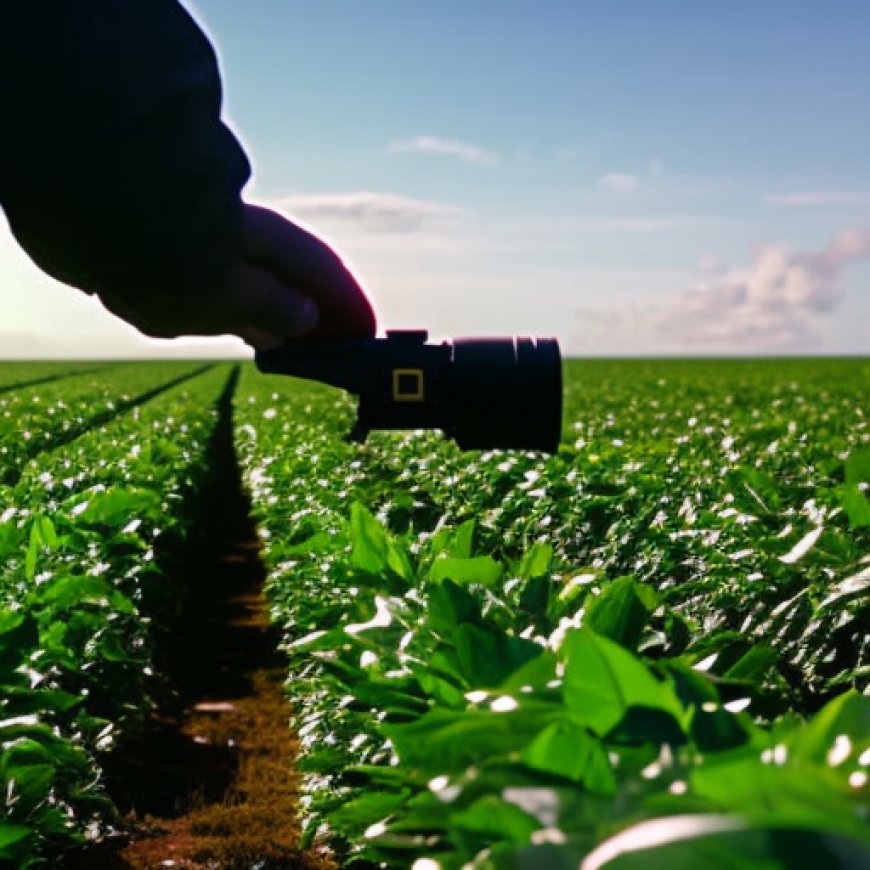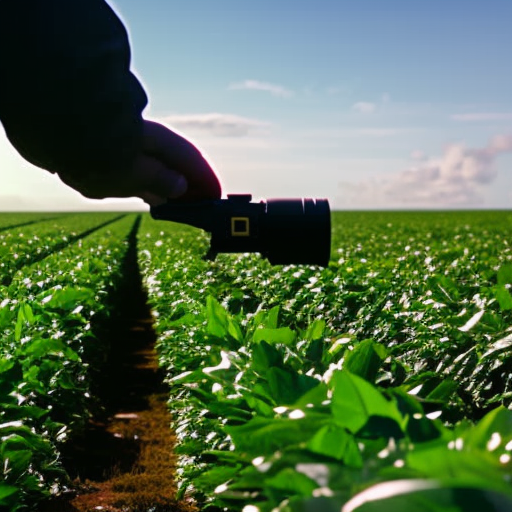EU must act to protect farms and food production from climate risk | EDF
EU must act to protect farms and food production from climate risk Environmental Defense Fund


Sustainable Development Goals and Climate Risks to European Agriculture
Introduction
At the same time as farmers were protesting in European capitals to demand more certainty for their future, the European Environment Agency published a report highlighting serious climate risk to food security. The European Climate Risk Assessment identified 36 major climate risks for Europe related to food, ecosystems, health, infrastructure, the economy, and finance. The assessment mapped the direct and cascading effects of these risks and the hotspot areas for the most serious impacts.
Impacts on Food Production
The report concluded that climate impacts on food production, particularly in southern Europe, can cascade to rural and coastal livelihoods, land use, the health of socially vulnerable populations, and the wider economy. While climate-driven food shortages are unlikely due to production decreases in some areas being offset by robust production in other areas, food price increases and volatility are likely.
For Europe overall, drought, heat, and overly wet conditions will hurt regional production. Southern Europe already faces critical levels of climate risk, with successive years of prolonged drought and excessive heat resulting in crop failures and reduced yields.
Urgent Action Needed
EU policymakers and farmers’ business partners must act urgently to support EU farmers in building resilience to climate risk and adopting climate-friendly farming solutions. This is essential to keep the agriculture sector profitable and productive in a climate-changed world.
Threats to Farmer Livelihoods
The EU has experienced a continued decline in the number of farms and agricultural jobs, mainly driven by the loss of small and medium-sized farms. Smaller operations are more vulnerable to various external shocks, from crop losses and diminished yields due to weather events and pests, to financial shocks from sharp rises in the costs of production. Farmers have called for exemptions from rules perceived to diminish production, such as the one that requires farmers to take a minimum part of their arable land out of production to provide nature and pollinator benefits.
In response to these calls, the European Commission has proposed a further review of Common Agricultural Policy incentives that require farmers to use climate-smart practices. Farms under 10 hectares, which make up more than 70% of EU farms, are exempted entirely from some obligations.
Advancing Climate Resilience through CAP
The proposed exemptions are a missed opportunity to use the power of the Common Agricultural Policy (CAP) to help farmers be more climate resilient. The EU climate assessment finds that Europe already underutilizes the potential of CAP to improve climate adaptation. CAP should address climate risks head-on, quantify the benefits of adaptation measures, and make those measures binding for the regions most at risk from climate change.
Governments should prioritize supporting farmers in the uptake of farming methods that help the environment and make their holdings more resilient.
The Role of Banks
Farmers’ financial partners also experience climate risks to agricultural production. A survey conducted by EDF and Deloitte found that 49% of agricultural banks in the EU view climate change as a material risk to their businesses. Banks can mitigate their risk exposure and seize new business opportunities by including climate risk in their decision-making and developing innovative financial products that support farmer customers in transitioning to more resilient farming practices.
Conclusion
Climate-smart farming benefits the long-term financial future of EU agriculture and is essential to meeting the EU’s 2030 climate targets. The severity of climate risk for the farming sector makes delivering joint wins for the environment, livelihoods, and food production all the more urgent.
SDGs, Targets, and Indicators
SDGs Addressed in the Article:
- SDG 2: Zero Hunger
- SDG 13: Climate Action
- SDG 15: Life on Land
Targets Identified:
- Target 2.4: By 2030, ensure sustainable food production systems and implement resilient agricultural practices that increase productivity and production, that help maintain ecosystems, that strengthen capacity for adaptation to climate change, extreme weather, drought, flooding, and other disasters, and that progressively improve land and soil quality.
- Target 13.1: Strengthen resilience and adaptive capacity to climate-related hazards and natural disasters in all countries.
- Target 15.3: By 2030, combat desertification, restore degraded land and soil, including land affected by desertification, drought, and floods, and strive to achieve a land degradation-neutral world.
Indicators Mentioned:
- Indicator 2.4.1: Proportion of agricultural area under productive and sustainable agriculture.
- Indicator 13.1.1: Number of deaths, missing persons, and directly affected persons attributed to disasters per 100,000 population.
- Indicator 15.3.1: Proportion of land that is degraded over total land area.
Table: SDGs, Targets, and Indicators
| SDGs | Targets | Indicators |
|---|---|---|
| SDG 2: Zero Hunger | Target 2.4: By 2030, ensure sustainable food production systems and implement resilient agricultural practices that increase productivity and production, that help maintain ecosystems, that strengthen capacity for adaptation to climate change, extreme weather, drought, flooding, and other disasters, and that progressively improve land and soil quality. | Indicator 2.4.1: Proportion of agricultural area under productive and sustainable agriculture. |
| SDG 13: Climate Action | Target 13.1: Strengthen resilience and adaptive capacity to climate-related hazards and natural disasters in all countries. | Indicator 13.1.1: Number of deaths, missing persons, and directly affected persons attributed to disasters per 100,000 population. |
| SDG 15: Life on Land | Target 15.3: By 2030, combat desertification, restore degraded land and soil, including land affected by desertification, drought, and floods, and strive to achieve a land degradation-neutral world. | Indicator 15.3.1: Proportion of land that is degraded over total land area. |
Explanation:
1. The article addresses SDG 2 (Zero Hunger) as it discusses the climate risks to food security and the potential impacts on rural livelihoods, land use, and the wider economy. It also mentions the need for sustainable food production systems and resilient agricultural practices.
2. The specific target identified is Target 2.4, which focuses on sustainable food production systems and resilient agricultural practices. The article highlights the importance of implementing these practices to increase productivity, maintain ecosystems, and strengthen adaptation to climate change.
3. The indicators mentioned in the article are Indicator 2.4.1, which measures the proportion of agricultural area under productive and sustainable agriculture, Indicator 13.1.1, which measures the number of deaths, missing persons, and directly affected persons attributed to disasters, and Indicator 15.3.1, which measures the proportion of land that is degraded over the total land area. These indicators can be used to measure progress towards the targets identified in the article.
Behold! This splendid article springs forth from the wellspring of knowledge, shaped by a wondrous proprietary AI technology that delved into a vast ocean of data, illuminating the path towards the Sustainable Development Goals. Remember that all rights are reserved by SDG Investors LLC, empowering us to champion progress together.
Source: blogs.edf.org

Join us, as fellow seekers of change, on a transformative journey at https://sdgtalks.ai/welcome, where you can become a member and actively contribute to shaping a brighter future.







